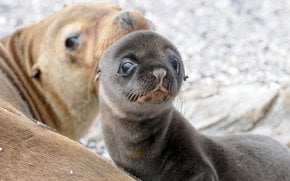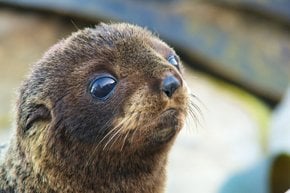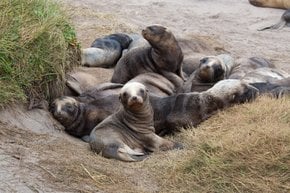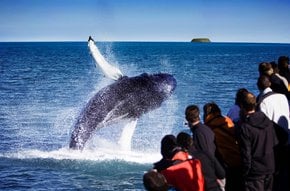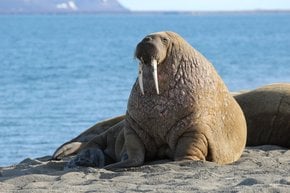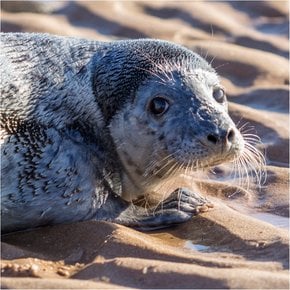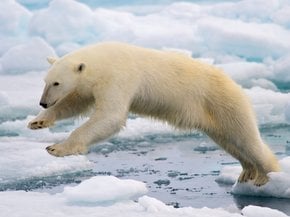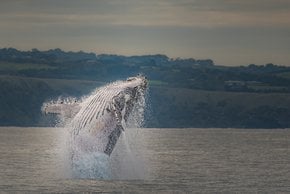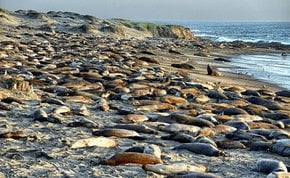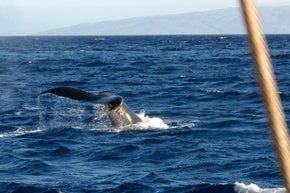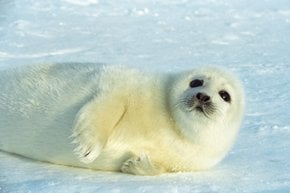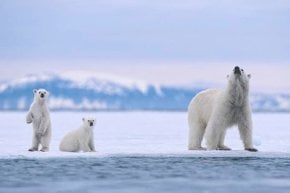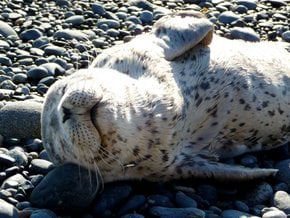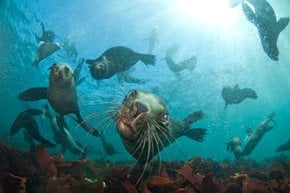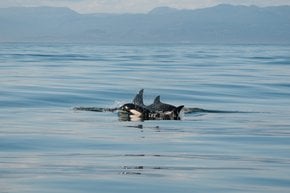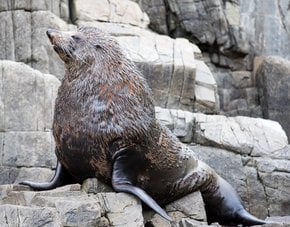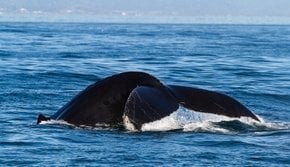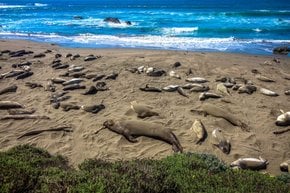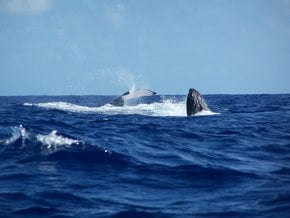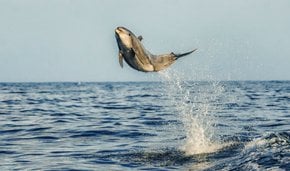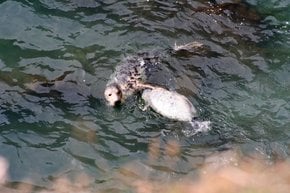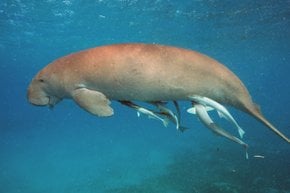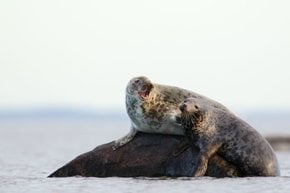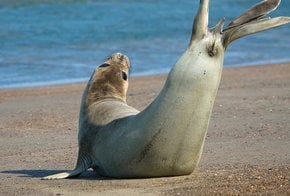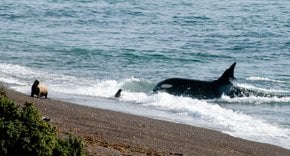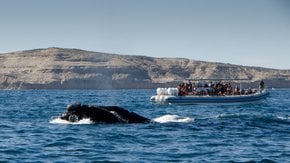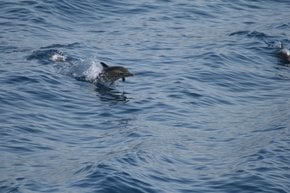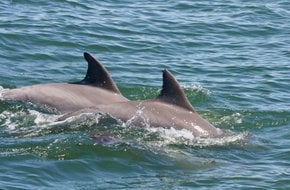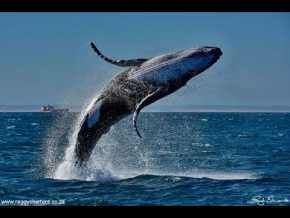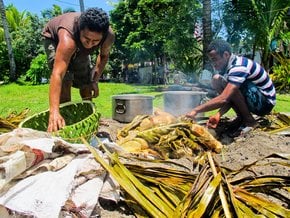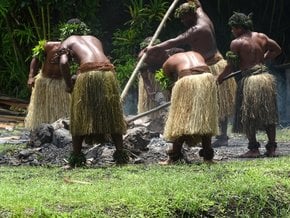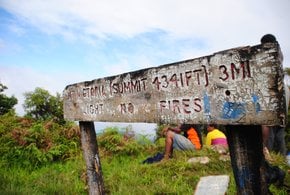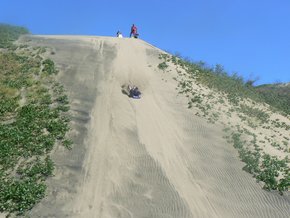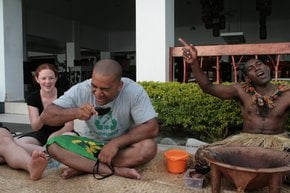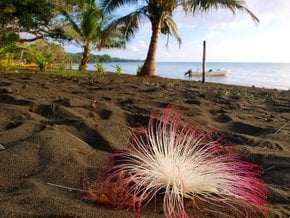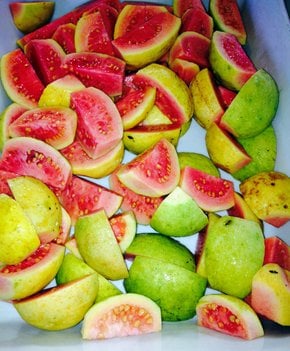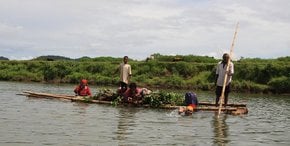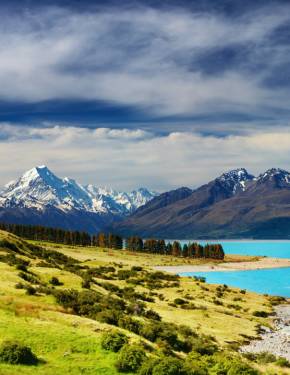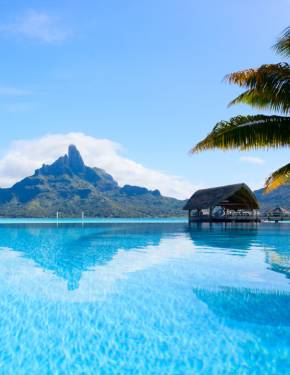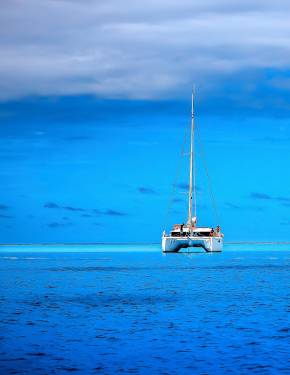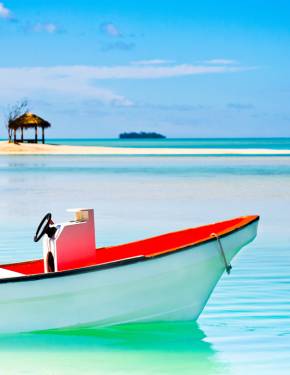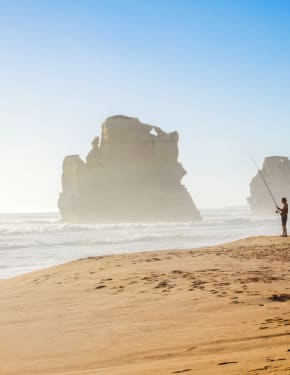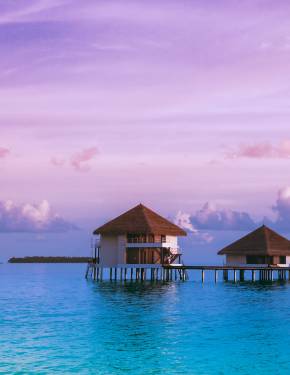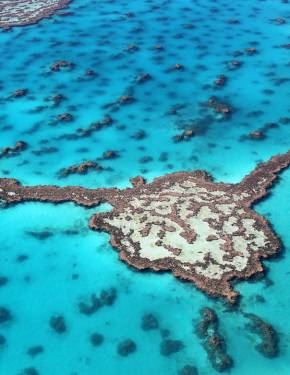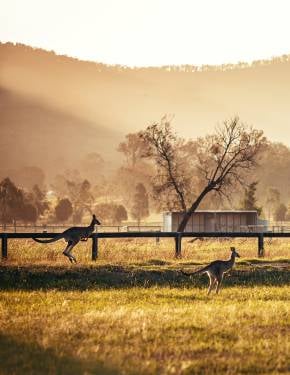Fiji Humpback Whales 2026
Watch the amorous games of Humpbacks and their calves that are born in the waters of Fiji
Best time: June–October
June to October is the time when migrating Humpback Whales can be observed in the South Pacific. They arrive from the Antarctic to spend the winter in warmer waters. Wintertime is a period of breeding and birthing. Many of them head to Tonga, yet some stay around Fiji. Several operators offer whale watching tours covering best Tonga and Fiji locations.
Best places to watch humpback whales in Fiji
In Fiji, you can see the whales in the waters near Kadavu Island as they spend their mating season and play inside the Great Astrolabe Reef. A mother whale can often be spotted entering a Kadavu Island lagoon with its calf. Some tour operators offer swimming with and snorkeling experience with spinner dolphins and whales. It can be a unique opportunity, especially when they are in a playful mood. Or you can simply watch these giant mammals from aboard.
Another popular spot for marine excursions is Beqa Island lagoons. Boasting a beautiful 118-mi (190-km) stretch of shallow coral reefs, this is an excellent spot to look for marine mammals. You could also spot a few Pilot whales on your whale-watching trip. Unlike the Humpbacks, these reside at Fiji's reefs and lagoons all year round.
Fiji humpback whales tours
For a double adventure experience, you can choose the Tonga and Fiji: Whale and Reef Snorkeling Adventure Tour. This 10-day tour allows you to explore and snorkel alongside the whales and coral reefs in the Vava’u, Tonga, and Beqa Lagoon, Fiji. The tour price starts at $7,950.
Another option is the Exploring The South Pacific Tour, offering snorkeling with humpback whales and their offspring in the waters of Tonga, learning about whale behavior, kayaking through a Mangrove Forest, snorkeling over a coral reef of Fiji’s Bega Island, among other exciting activities. This tour is exclusively for adults and will take place from August 7 to 21, 2025.
How to behave around whales
To protect both whales and people during the watching tours, do not touch or feed cetaceans, as it disrupts their natural behavior. Avoid loud noises and sudden movements that can stress them. Always have dedicated observers onboard along with the captain. Stay cautious within the 328 ft (100 m) to 984 (300 m) zone around the whale, respecting their space.








